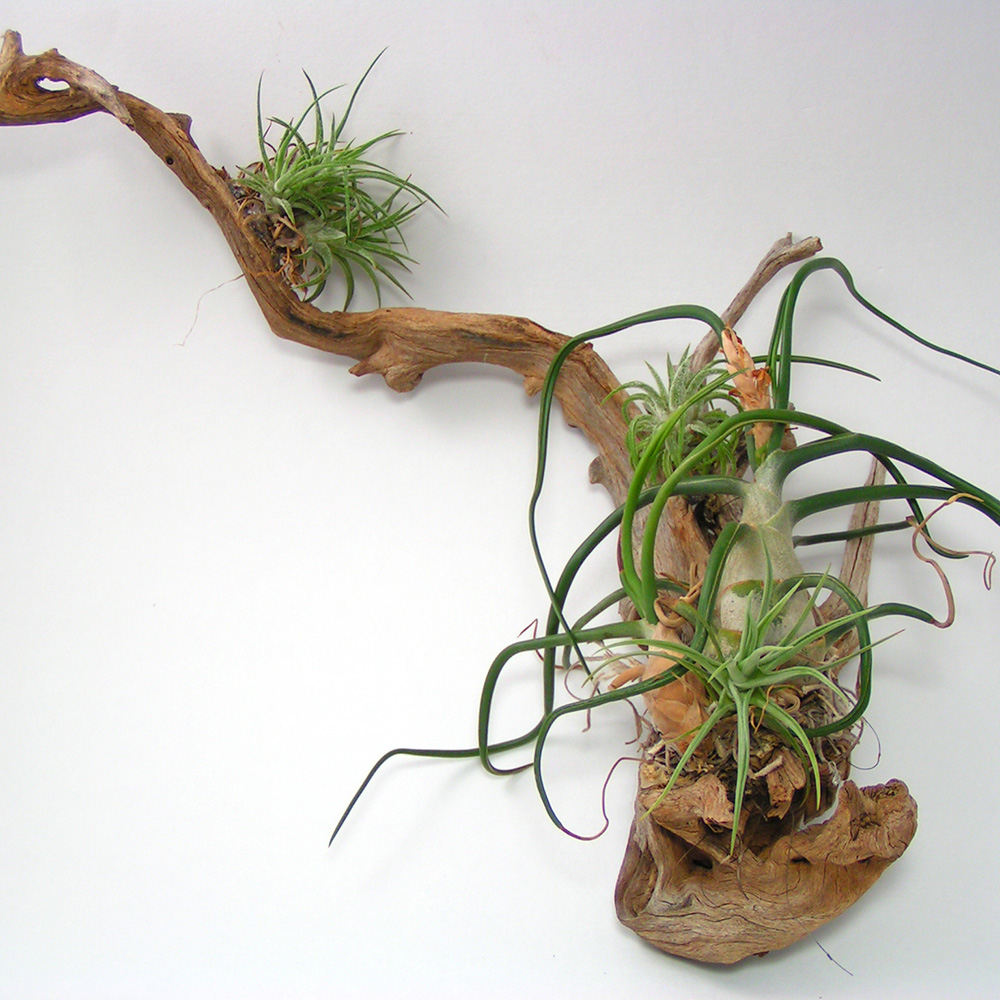
Do you how plants imbue a room with the feeling of life, and yet you don’t consider yourself the greatest gardener? For those of you who want to cultivate a few indoor plants, but have neither the time nor know-how to keep them healthy, an air plant garden might be the perfect solution.
An air plant grows without soil, reaping most of its nutrients from sunlight alone. Their roots anchor them to surfaces such as rocks and tree branches, or even rooftops and power lines! Their leaves are covered with special scales called trichomes, which absorb water and nutrients from the air. Air plants basically care for themselves, assuming you provide them with the proper environment to do so.
Setting up your air plant garden. Air plants are part of the bromeliad family of plants, and are commonly known as tillandsia. You might also hear them referred to by the nicknames “tilly” or “tills.”
Keep in mind that your home is not an air plant’s natural environment. Therefore, for your plants to thrive, you should seek to mimic their preferred habitat. The main thing you should know is that, while air plants do indeed absorb moisture from the air, your air-conditioned home is likely to be much more dry than the woodlands or rainforests where most of them grow. If you choose an air plant that originates from the desert, you could probably do with less watering.
Some growers of air plants swear by regular misting with a water bottle, but in many cases, that won’t actually provide enough moisture. A better option is to submerge your plants in a dish of water for about 12 hours. Afterward, they won’t need watering for 10 to 14 days. Avoid using hard water, if you have that problem in your home, because minerals in the water can clog the plant’s trichomes over time. On the other hand, if you use a water softening system in your house, the salts in the water can also be bad for your plants. Using distilled water might be your best option in either of these cases.
Monitor your plants for signs of stress. The day after watering, your plant is in prime condition. Make a note of its appearance, and water again when the plant’s appearance begins to deviate from that baseline. If the leaves seem flatter, curl under, or begin to turn brown, your plant is starved for moisture.
As for sunlight, place your plants near a window that receives plenty of direct light. This is the fun part! You can purchase a variety of decorative “perches” or containers for your air plants. They can be placed on end tables or windowsills, or you might enjoy a beautiful hanging glass ornament.


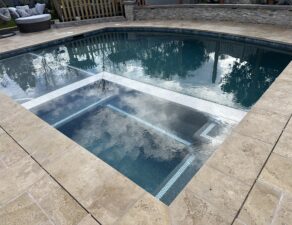
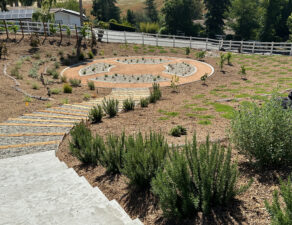
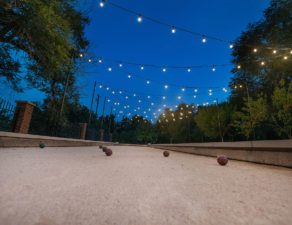
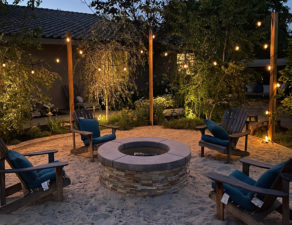

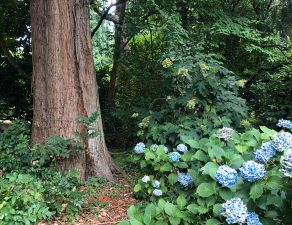
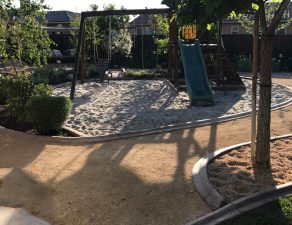
Write a comment: